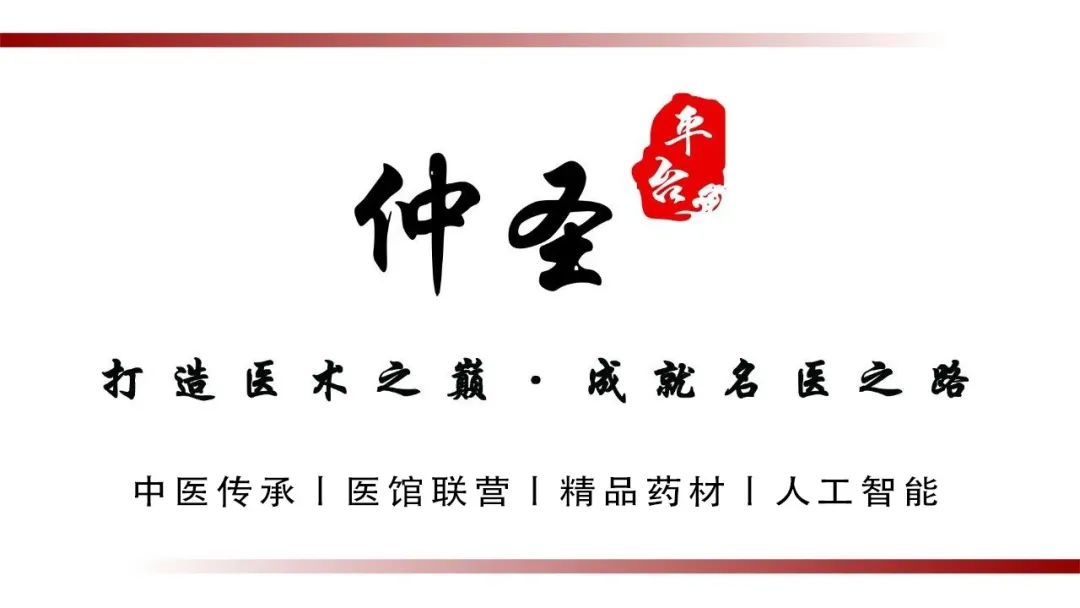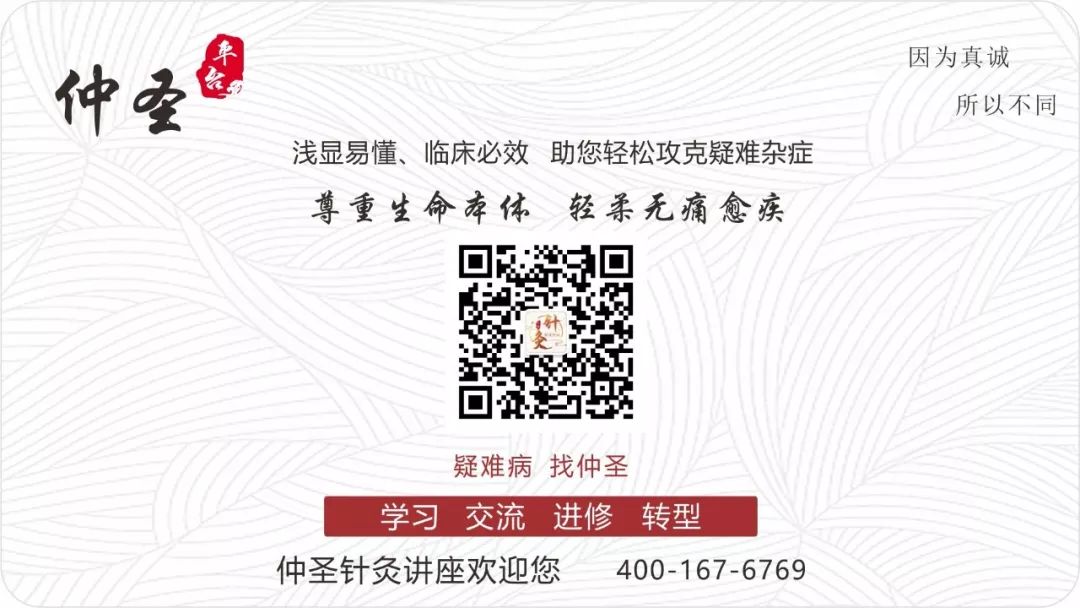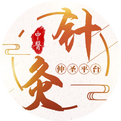
Warm Reminder: The audio is read by a robot. Friends can choose to listen according to their needs.
Each organ (zang) or bowel (fu) has its main functions and operates in collaboration with one another.
There is a “mutual master” relationship between the organs, such as the kidney (shen) being the master of the heart (xin), the heart being the master of the lung (fei), the lung being the master of the liver (gan), and the liver being the master of the spleen (pi). The term “master” indicates a controlling relationship, which helps maintain balance.
There is also a “mutual combination” relationship between the organs and bowels, such as the lung combining with the large intestine (da chang), the heart combining with the small intestine (xiao chang), the liver combining with the gallbladder (dan), the spleen combining with the stomach (wei), and the kidney combining with the bladder (pang guang). The term “combination” indicates cooperation, showing that the organ serves as the body while the bowel serves as the function, working together to complete their combined functions.
Organs are yin and located internally, while bowels are yang and located externally, hence this cooperation is also called “interior and exterior”.
1.Heart (xin): The heart generates blood and houses the spirit (shen). It is the ruler of life activities in the body. If the heart is not healthy, or is stimulated by emotions, or invaded by pathogens, symptoms such as palpitations, anxiety, insomnia, forgetfulness, inappropriate laughter, delirium, or confusion may occur. If the heart undergoes pathological changes, it not only loses its autonomy but can also disrupt the activities of other organs.
2.Liver (gan): The liver stores blood and governs planning. The liver is strong in nature, hence it is also referred to as the general. When stimulated mentally, it often affects its normal function, leading to symptoms such as anger and headaches, and even upward fire causing blood vomiting. The liver is also considered the “pre-natal” organ for women (indicating reproductive functions), thus regulating menstruation and fertility must emphasize liver treatment.
3.Spleen (pi): The spleen governs blood and is responsible for transformation and transportation. The main source of life force is nutrition; the spleen digests food and transports its essence throughout the body, hence it is called the “post-natal” foundation. If the spleen’s ability to transform is insufficient, it can lead to bloating after eating, resulting in muscle wasting and fatigue. The spleen also governs the transformation of dampness; symptoms of damp stagnation, such as chest tightness, nausea, diarrhea, and edema, are often due to spleen weakness, thus methods to strengthen the spleen are commonly used to resolve dampness.
4.Lung (fei): The lung governs qi and regulates the clearing and descending of qi. If lung qi does not descend, it can easily lead to cough and asthma; in cases of deficiency, symptoms such as shortness of breath and weak speech may be observed. The lung plays a regulatory role in the circulation of blood governed by the heart; ancient practitioners described the heart as the monarch and the lung as the assistant.
5.Kidney (shen): The kidney stores essence and governs strength. The kidney plays a positive role in energizing the body; kidney deficiency can lead to symptoms such as dizziness, tinnitus, poor vision, low back pain, weakness in the legs, and lethargy. The kidney is considered the “pre-natal” organ for men, similar to the liver’s role for women, referring to reproductive functions. Thus, symptoms such as decreased libido, nocturnal emissions, cold semen, and premature ejaculation are treated through the kidneys. The kidney has a unique characteristic compared to other organs; it has two parts: the left kidney (shen) and the right kidney (ming men), where the kidney governs yin and the ming men governs yang, hence the kidney is also referred to as the “organ of water and fire”. The true yin and true yang referred to in clinical practice also point to this.
6.Gallbladder (dan): The gallbladder is the organ of clarity and governs decision-making. The gallbladder and liver are mutually related; although the liver qi is strong, it cannot function without the gallbladder. The cooperation between the liver and gallbladder leads to courage. If gallbladder fire is excessive, symptoms such as irritability, headaches, chest tightness, side pain, bitter mouth, and vomiting of bitter water may occur.
7.Stomach (wei): The stomach is the sea of food and governs reception. The stomach and spleen are mutually related; although the stomach is responsible for receiving, and the spleen for digestion, the stomach’s basic function is to receive and digest, hence the stomach and spleen are often mentioned together. It is believed that if the stomach cannot receive, digestion cannot occur, thus it is said, “If food is received, one thrives; if food is not received, one perishes; with stomach qi, there is life; without stomach qi, there is death,” highlighting the importance of the stomach’s function.
8.Small Intestine (xiao chang): The small intestine is the organ of reception and transformation. The small intestine receives the digested food from the stomach, further separating the clear from the turbid, allowing the essence to be stored in the five organs and the waste to be excreted through the six bowels, while the waste’s liquid is returned to the bladder and the residue to the large intestine. These are the functions of the small intestine in transformation.
9.Large Intestine (da chang): The large intestine is the organ of conduction and governs excretion. The large intestine receives the waste from the small intestine and is responsible for transporting and excreting it, being the final stage of the entire digestive process. Since the large intestine’s function is to conduct waste and manage stool, any issues such as constipation, diarrhea, dysentery, or blood in the stool are addressed through the large intestine, employing various methods such as promoting conduction, moistening, and binding.
10.Bladder (pang guang): The bladder is the official of the state, governing qi transformation. The bladder is the outlet for the accumulation of water and liquid; if qi transformation is obstructed, it leads to urinary retention; if qi transformation is excessive, it results in incontinence. However, the bladder’s qi transformation is related to the kidneys; if kidney qi is sufficient, transformation can occur; if kidney qi is deficient, transformation cannot occur, thus treatments for urinary difficulties or incontinence sometimes involve warming the kidneys.
11.San Jiao (Three Jiao): The San Jiao is the official of drainage, governing the movement of water. The San Jiao consists of the upper, middle, and lower jiao. Its main function is to open the waterways; for example, to treat water retention and bloating, qi-regulating methods are often used to assist in water movement, commonly employing herbs that promote the smooth flow of the San Jiao.
Although the organs and bowels are located within the body, they are closely connected to various tissues and organs of the body. Therefore, observing the manifestations of various tissues and organs can provide insights into the condition of the organs and bowels, which is of great significance in diagnosis.
The relationship between the internal organs and the various tissues and organs of the body is commonly used in clinical practice, such as:The liver opens to the eyes, fills the tendons, and manifests in the nails; the heart opens to the tongue, fills the pulse, and manifests in the face; the spleen opens to the mouth, fills the flesh, and manifests in the lips; the lung opens to the nose, fills the skin, and manifests in the hair; the kidney opens to the ears, fills the bones, and manifests in the hair. Additionally, the spleen governs the limbs, with the joints of the elbows belonging to the heart and lung, the armpits belonging to the liver, the hips belonging to the spleen, and the knees belonging to the kidneys, etc..
In addition to the organs and bowels, there are also extraordinary organs, namely the brain, marrow, bones, vessels, gallbladder, and uterus. The significance of extraordinary organs is that they resemble organs but are not organs, and although they appear similar to bowels, their functions resemble those of organs; they are an unusual type of internal organ. They are also extremely important parts of the human body. These extraordinary organs are not isolated; they are connected to the organs and bowels, for example, the brain is related to the heart and liver, and since the brain is related to the marrow, and the marrow is related to the bones, and the bones belong to the kidneys, the brain is also related to the kidneys; the uterus belongs to the liver, and due to menstruation and pregnancy being related to blood, it is also related to the heart and spleen.
Corresponding to the extraordinary organs are the transformation and conduction organs, namely the stomach, large intestine, small intestine, San Jiao, and bladder. These five bowels belong to the digestive system among the six bowels. As mentioned above,all body tissues are interconnected, forming a complete and inseparable whole.

【Copyright Statement】: Some content is sourced from the internet, and the copyright belongs to the relevant rights holders. We respect knowledge and copyright, and the purpose of reprinting is to share. If there is any infringement, please contact us for deletion. Thank you!

Previous Highlights Review

“One point surpasses ten points”! The twelve Jing well points in acupuncture that must be learned!
94 essential phrases from the Huangdi Neijing! So practical, you must remember them!
A doctor with cancer refused chemotherapy and lived for 30 more years, selflessly sharing five anti-cancer secrets (for collection).
TCM “Observation Diagnosis”: Identifying diseases from facial color!
Recommended to bookmark: A complete collection of effective acupoints for the human body!!!



